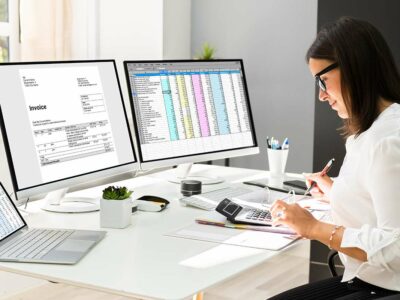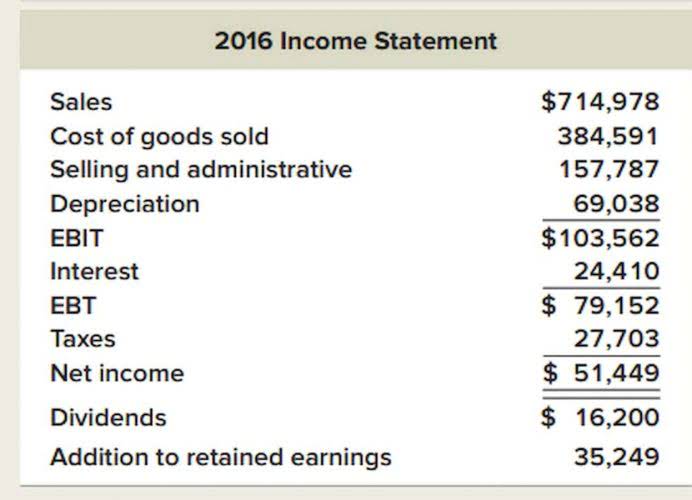
To do this, you’ll have to carefully review transaction records and possibly contact vendors or customers for information on specific transactions. You net sales may also have to examine internal processes to figure out if something needs to change to avoid such discrepancies in the future. The last part of the Annual Business Plan is the Investment or Capital Budget. It shows the total amount that a company plans to generate by selling (or acquiring) fixed assets such as machinery, plants, or cars.
Shareholders’ Equity

Please refer to the Payment & Financial Aid page for further information. Current and non-current assets should both be subtotaled, and then totaled together. After you’ve identified your reporting date and period, you’ll need to tally your assets as of that date. This may refer to payroll expenses, rent and utility payments, debt payments, money owed to suppliers, taxes, or bonds payable. Owners’ equity, also known as shareholders’ equity, typically refers to anything that belongs to the owners of a business after any liabilities are accounted for.
Guide to Balance Sheet Reconciliation: Process, Example, and Best Practices
Whether you’re handling traditional bookkeeping or project accounting, maintaining clear asset categories ensures accurate financial reporting across all your business activities. A well-prepared balance sheet helps you meet accounting standards, prepare for potential audits, demonstrate financial responsibility, and avoid possible legal and monetary penalties. A clean, accurate balance sheet can demonstrate your business’s financial stability, show growth potential, and increase your chances of securing loans or investments. Companies typically prepare a balance sheet at the end of each accounting period.
How to pay off credit card debt
- Building a balance sheet forecast is a necessary practice, but it can be a bit time-consuming to build them out on a regular basis.
- The frequency at which businesses need to do their balance sheet reconciliations can vary based on individual requirements or account type.
- This lets any person reviewing the report identify where your assets are coming from, and what they are.
- These two documents, along with income statements, summarize a company’s financial health.
- These should be subtotaled on the sheet, then totalled together as total assets for the company.
Intangible assets are non-physical assets like goodwill, patents, and copyrights. For the monthly reporting, the last date of every month will be treated as the reporting date. In contrast, management is looking for opportunities to invest more rigorously by leveraging a good return rate and equity.
![]()
Start With Your Most Recent Balance Sheet
Speak with a business banker to see what other options are available for you. Once you have your total owner’s equity, you can add it to your total liabilities. Your total liabilities (including debt or accounts payable) and your total equity (remaining value) should equal Bakery Accounting your total assets. One way to gain a better understanding of your business’s finances, is to organize them in a way that lets you quickly scan all of your business assets, liabilities and equity.
- By calculating the owner’s equity, you can understand the net worth of your business and make informed decisions about its future.
- If you have shareholders, the equity also belongs to them — whether your shareholders are public or private.
- If the company takes $8,000 from investors, its assets will increase by that amount, as will its shareholder equity.
- Or, you may try to consolidate all of your debt onto a single credit card with a lower interest rate.
- Similar to the current ratio and quick ratio, the debt-to-equity ratio measures your company’s relationship to debt.
Liabilities

Discover a proven top-down approach curated by an FP&A expert to model your revenue using key SaaS metrics. Take your skills to the next level and unlock your full potential with the Financial Analyst Career Track. Our expert-led courses provide real-life case studies, along with many practical examples and quizzes. The Cash Budget is an important piece of the Master Budget, as it illustrates the company’s expected liquidity indicators.
- That creates the most accurate balance sheet so you can make important decisions for your business based on the right information.
- Under the IAS 1 of IFRS(International Financial Reporting Standard), every business entity must comply with reporting and representation of financial data.
- When significant changes occur in key ratios, the system alerts you immediately, helping maintain accurate financial reporting without constant manual oversight.
- After cataloging your total assets, it’s time to account for what your business owes.
- Cash and other liquid assets indicate the ability to pay bills and service debt when due and remain a viable going concern.
- Updates to your application and enrollment status will be shown on your account page.
Best Accounting Certifications for Beginners in 2025
These are the top two common mistakes small business owners often make when creating their first balance sheets — and how to avoid them. Once you calculate your assets, liabilities and equity, you need to confirm if your balance sheet, well, balances. Your balance sheet doesn’t show a period of time, it only reflects your finances on a particular day.

Financial
Reporting period comparisons (month over month, quarter over quarter, and year over year) can provide snapshots of your financial health. With this knowledge, you can make smart business decisions and plan accordingly. If your company is financially what is the last and most important step of creating a balance sheet? healthy, it will have robust assets and shareholder equity versus any liabilities. But if your company struggles financially, you’ll see the signs early in your balance sheet. Liabilities will either be close to assets or may even start to be larger than assets if your business is struggling.
